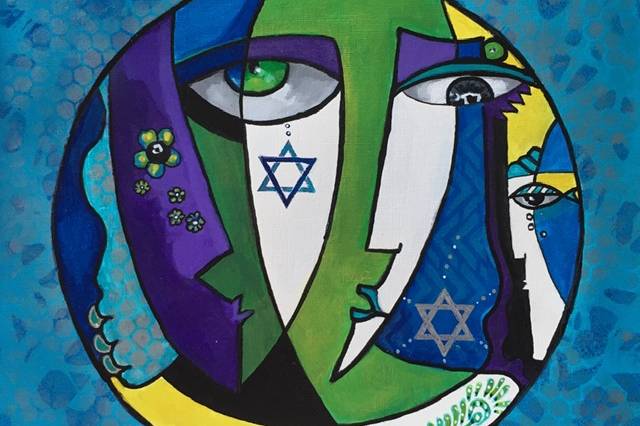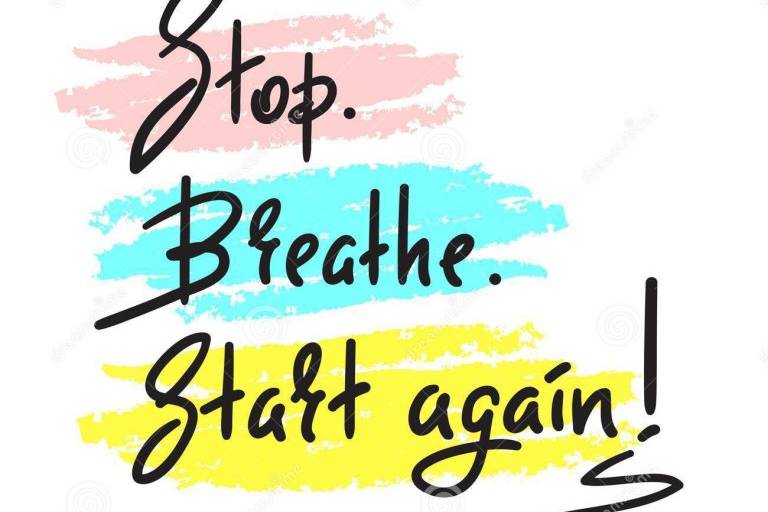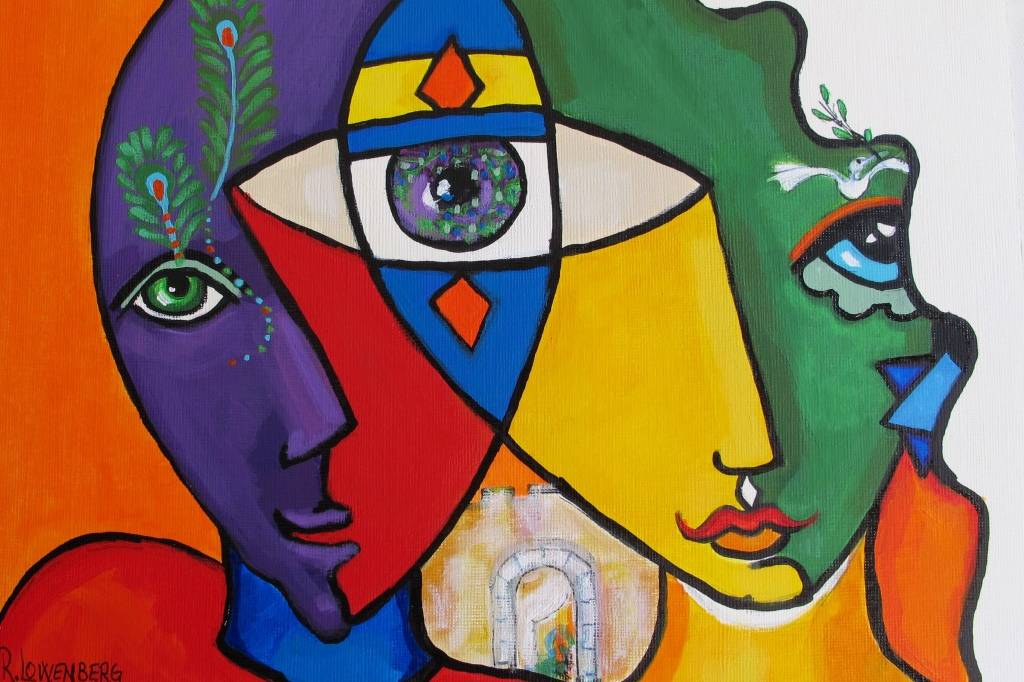Memories of Nepal, that earthquake ravaged sliver of a country, lying between the two behemoths of India and China, are beginning to fade. Returning home just two weeks ago, I shake off the dust of the journey, and examine where I have been and what I have done, trying to make some sense of it all.
During the three days before my hurried departure, I worried whether I had something of value to offer the people of Nepal. I wondered whether my knowledge and skills would be of use in a country that is different in so many ways from the Western traditions that nurtured me and taught me everything I know about people and trauma. Upon landing in Nepal, I reminded myself of “beginner’s mind,” that Buddhist concept that directs one to have an attitude of openness and lack of preconceptions. Don’t assume that you know anything about these people and what will help them. Listen, observe, tread lightly, offer tentatively, respect. These words repeated themselves like a mantra as the battered white taxi that had met me at the airport rattled through the unpaved, rubble strewn streets and alleyways of Kathmandu. It was difficult for me to determine whether the rubble was recent, or of earlier vintage.
Arriving at the doorstep of the offices of Tevel Betzedek, located in the Swayambhu neighborhood, famous for the nearby Monkey Temple. I saw the temple located on top of a nearby mountain, but did not realize that it was missing one of its iconic stupas. The stupa is a semi-spherical memorial found in Buddhist temples. Many stupas toppled during the recent earthquake and for the people of Kathmandu, and of the Swayambhu neighborhood in particular, the missing stupa of the Monkey Temple was like the post 9/11 New York City horizon without the World Trade Center, only I, as a newcomer, was clueless.
I went to work almost immediately, meeting first with Tevel’s Nepali staff, many of whom had lost their homes. Thankfully, none had lost immediate family members, although most knew of people who had died, and some were grieving for uncles, cousins, and friends. We sat on the floor in a circle, a room filled with approximately twenty-five young men and women, all eyes trained on me. How to begin?
I could feel my heart beating. This was the moment of truth. In a briefing about Nepal, I had learned that the Nepali people do not readily share feelings, and participation in a group activity is often difficult. I looked at their expectant faces, notebooks opened, pens poised. I needed to stop for a moment, get my bearings, and breathe.
I opened the session with a minute of mindful breathing, explaining to the participants as much as to myself, that by focusing on our breathing we could let go of some of the tension in our bodies. They readily closed their eyes, placed the hands palm up on their folded knees and breathed. I peeked through half closed eyelids and noted that there was 100% participation. This was culturally appropriate, for sure. I closed my eyes again. We all breathed deeply.
After explaining how stress affects not only our minds and hearts but also our bodies, the next step was clear to me. I directed participants to choose one person with whom to share their earthquake story. Immediately, the room filled with the sounds of animated conversation in Nepalese. After several minutes, I asked them to share their feelings with their partner, and then several minutes after that had them focus on how they were doing right now. I looked around the room. Couples were engrossed, looking into each other’s eyes, communicating, listening, sharing. By encouraging them to talk in their native tongue, with only one other person, the barriers to sharing dissolved, and conversations flowed.
Going around the circle at the close of this activity, staff members shared, in English, what the process had been like for them. What was it like to talk to somebody about the earthquake? What was it like to listen? When they compared how they were feeling now to how they had felt in the days following the quake, what did they notice? As we went around the room, familiar themes appeared.
It was good to talk to somebody and tell my partner the story from beginning to end.
This was the first time I talked about how I was feeling, and it feels great.
I am happy to see that I am not the only one who feels the way I do.
I was surprised that the person I spoke to was experiencing similar things to what I have been feeling.
This short exercise had given the group members an opportunity to organize their experiences, examine their feelings, share worries, symptoms, and thoughts, and note that they were not in the same place today, as they had been a week ago. They could see improvement and change, and could expect more in the future.
This, then, is the cornerstones of resilience, that term we mental health professionals have borrowed from the more exact sciences and made our own. Resilience, the ability to experience loss, trauma, pain, and fear, and to recover, is in fact, ordinary magic. “Magic” by virtue of the fact that it is indeed magical that people who have lost so much can return to the tasks of daily living and get on with their lives, picking up the pieces one by one, and “ordinary” because most folks do bounce back.. Making sure to allow enough time and space to experience the pain, to understand that people heal at different rates, and that there is not one correct path to coping, was an essential part of what I could offer.
After working with Nepali, Israeli and American staff and volunteers in Kathmandu, we took this exercise into the countryside to a village where all eighty mud and stone houses had been destroyed. We visited the makeshift tents that families had erected near their emerald green rice fields and talked with them about sanitation and fears. Later, a group of women assembled in the concrete and cinder block community center, the only building still standing.
The forty brightly dressed women, with gold rings in their noses and ears, ranging in age from twenty to seventy sat quietly on the dirt ground in the small, unlit room. Rashamita and Gita, the young Nepali women who a mere two days earlier had participated in that first session in Kathmandu, confidently directed the women in breathing and in the storytelling exercise. There was a palpable excitement in the air as the women eagerly paired off and spoke to each other from their hearts. They laughed, they cried, and later sang and danced. We ended the session standing in a circle holding hands, sending energy and blessings around the circle.

Faces of Resilience
Resilience appears to have universal appeal and value. Each time I come to a new country, an unknown culture, and hear a language that I do not understand, I am careful and move slowly. I do not assume that I know what is best. Each time, I am delighted to find, once again, that we human beings have so much in common. Whether it is a terrorist attack, war, hurricane, typhoon or earthquake, human beings grieve their losses, lick the wounds of their shattered assumptions about the world and their lives, and go on to cope, heal, and eventually thrive.
Resilience crosses cultures, bringing the promise of hope and healing. This common core reaches far beyond geography, language and culture. We are after all, children of the universe.
The writer, along with a colleague from the Israel Center for the Treatment of Psychotrauma, worked with Tevel B’Tzedek, an Israeli NGO that has been in Nepal for the last eight years working to improve living conditions and wellbeing.







